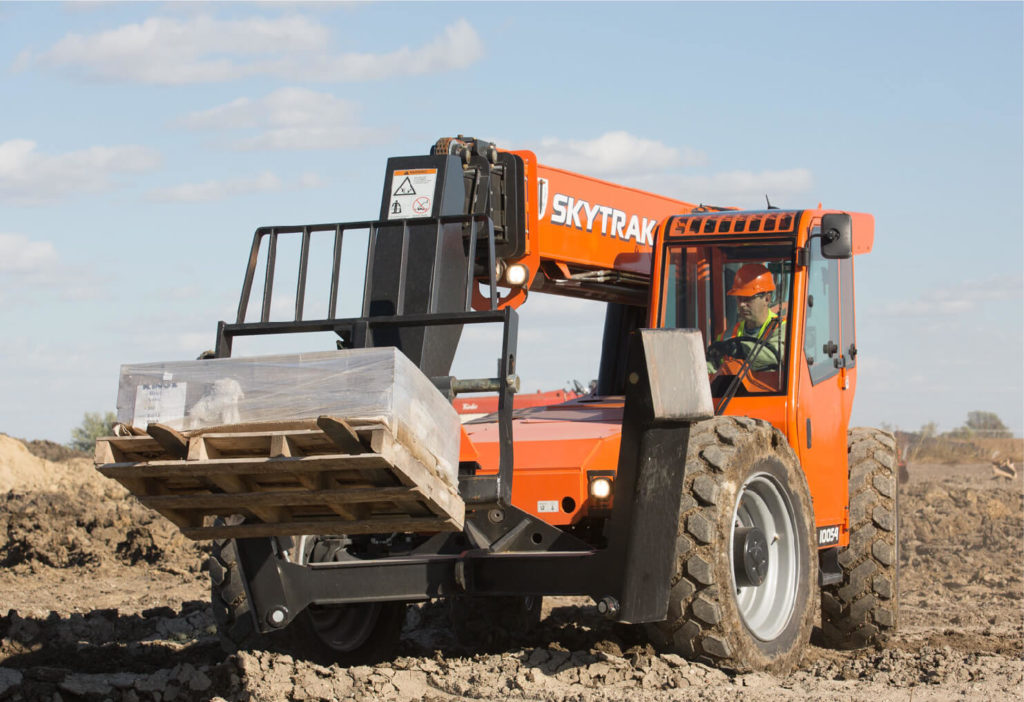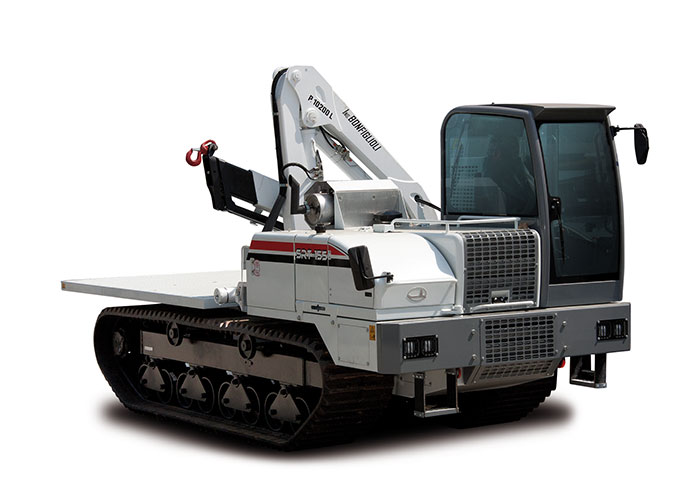Superior Oilfield Rentals Texas: FAQ before renting
Wiki Article
A Comprehensive Guide to the Different Kinds of Oil Field Equipment and Pipeline Equipment Available
The oil and gas industry depends greatly on customized equipment for effective removal and transport. Various types of equipment, from piercing rigs to tank, play important functions in this intricate procedure. Each item of equipment serves unique features that add to total functional success. Understanding these components is vital for any person involved in the sector. As the industry develops, so as well do the modern technologies that sustain it. What innovations are on the perspective?
Drilling Rigs: The Foundation of Oil Expedition
Drilling rigs work as the essential machinery in the domain name of oil exploration, enabling firms to gain access to hydrocarbon reserves hidden deep beneath the Planet's surface. These rigs are available in various kinds, including land rigs, offshore rigs, and mobile devices, each developed to run in particular environments. Furnished with advanced technology, piercing rigs can permeate geological developments with precision, making certain effective source extraction. The architectural integrity and functional abilities of these rigs are vital, as they must stand up to severe conditions and substantial pressures. Additionally, the choice of a boring gear affects the total project expense and timeline, making it a vital consideration for oil business looking for to optimize their exploration initiatives and maximize productivity in their operations.Pumps: Essential for Fluid Movement
In the oil removal process, the duty of pumps is significant, helping with the motion of liquids throughout numerous phases of manufacturing. Pumps are necessary for transporting petroleum, water, and other liquids from underground reservoirs to the surface and afterwards through pipelines to refineries. They are available in various types, including centrifugal, positive displacement, and submersible pumps, each offering details objectives based upon the fluid attributes and operational requirements. Centrifugal pumps are commonly used for their efficiency in high-flow applications, while favorable variation pumps master managing thick liquids. The option of pump impacts total effectiveness, operational safety, and maintenance prices. Correct choice and maintenance of pumps are important for enhancing production and minimizing downtime in oil area procedures.Valves: Controlling Circulation and Pressure

Shutoffs play an important duty in managing the circulation and stress of fluids within oil areas and pipelines. Different sorts of valves offer unique applications, each developed to accomplish particular features basic for efficient procedure - Superior Rentals Contact. Comprehending the features and uses these valves is important for maximizing system performance and security
Kinds of Valves
Crucial components in oil field operations, shutoffs play a crucial function in managing the circulation and stress of liquids within pipes and equipment. Various kinds of valves are used to fulfill the varied requirements of oil and gas manufacturing. Common types include gate valves, which supply a straight-line circulation and marginal stress drop; globe valves, understood for their strangling capacities; and ball valves, acknowledged for their fast on/off control. In addition, check shutoffs protect against heartburn, while butterfly shutoffs offer a lightweight option for controling circulation. Each valve kind is created with details products and setups to hold up against the harsh problems often found in oil fields, making certain reliability and performance in procedures. Recognizing these kinds is important for efficient system administration.Valve Applications and Functions
While various sorts of valves offer unique functions, their primary applications revolve around regulating circulation and pressure within oil and gas systems. Valves such as gateway, world, and sphere valves manage liquid movement, ensuring peak efficiency and safety and security. Entrance valves are commonly made use of for on/off control, supplying minimal circulation resistance. Globe shutoffs, on the other hand, offer exact flow regulation, making them ideal for throttling applications. Ball shutoffs are favored for their fast operation and limited sealing capacities. Additionally, pressure safety valve are critical for protecting against system overpressure, securing equipment honesty. In general, the appropriate choice and application of valves improve operational effectiveness, ensuring the reputable transportation of oil and gas with pipes and processing centers.Compressors: Enhancing Gas Transportation
Compressors play a critical role in the reliable transport of all-natural gas, ensuring that it moves efficiently through pipelines over lengthy distances. These tools enhance the pressure of natural gas, allowing it to get rid of friction and elevation adjustments within the pipeline system. Furthermore, compressors assist in the harmonizing of supply and demand, suiting fluctuations in intake and click to read manufacturing rates. Different kinds of compressors are employed in the market, consisting of centrifugal, reciprocating, and rotating screw compressors, each offering distinct advantages based on the operational demands. Routine upkeep of these compressors is necessary to take full advantage of performance and minimize downtime, ultimately contributing to a trusted gas transportation network. Their vital feature emphasizes the importance of compressors in the overall oil and gas facilities.Storage Tanks: Safe and Effective Liquid Administration
Reliable transportation of gas relies upon numerous supporting systems, one of which is the proper management of storage tanks. These tanks play a vital function in safely including fluids, guaranteeing that operational effectiveness is maintained while reducing environmental risks. Created from sturdy products, they are created to stand up to high stress and corrosive elements. Correctly sized and strategically situated, storage space tanks help with the smooth flow of gas and various other fluids, preventing traffic jams in supply chains. Regular upkeep and surveillance are necessary to identify leakages or structural issues, advertising safety and security and compliance with governing standards. Inevitably, the reliable monitoring of tank is essential for the general integrity and integrity of the oil and gas market's fluid handling systems.
Pipeline Equipments: Facilities for Transport
Pipeline systems act as the backbone of the oil and gas market, assisting in the efficient transport of hydrocarbons over large distances. These systems are composed of various parts, site web including pipelines, valves, pumps, and compressors, all diligently developed to assure smooth flow. The products utilized in pipeline construction, commonly steel or high-density polyethylene, are selected for longevity and resistance to rust. Pipeline networks can extend across land and water, attaching production websites to refineries and circulation centers. In addition, advanced innovation makes it possible for real-time monitoring of circulation prices and pressure levels, boosting functional efficiency. The calculated positioning of these pipelines reduces ecological influence while making best use of resource ease of access, therefore playing an important function in conference power needs globally.Security Equipment: Making Sure Employee and Environmental Protection
The operation of pipeline systems, while vital for power transport, additionally presents significant security difficulties for workers and the atmosphere. Security tools plays a substantial duty in mitigating these risks. Personal protective devices (PPE) such as safety helmets, gloves, and non-slip footwear safeguards workers from physical risks. Furthermore, gas detection systems keep track of for leaks, making sure that unsafe materials do not posture a threat to personnel or the bordering ecological community. Emergency situation closure systems are important for rapidly halting procedures throughout a situation, stopping prospective catastrophes. Spill containment products, consisting of absorbents and barriers, are fundamental for minimizing ecological influence. Generally, spending in all-inclusive safety equipment is critical for keeping functional integrity and protecting both employees and the atmosphere in the oil and gas industry.
Often Asked Questions
Exactly how Do I Select the Right Oil Field Equipment for My Project?
Selecting the right oil area tools involves examining task specifications, budget restrictions, and functional needs. Consider elements such as devices dependability, compatibility with existing systems, and the distributor's credibility to ensure peak efficiency and security.What Are the Upkeep Needs for Oil Field Equipment?
Upkeep needs for oil area equipment include regular evaluations, lubrication, and prompt repairs. Operators ought to likewise abide by producer guidelines, screen performance metrics, and assurance compliance with security laws to boost long life and performance.
Just How Can I Guarantee Conformity With Environmental Laws?
To assure compliance with ecological guidelines, companies need to conduct normal audits, implement ideal practices, buy training, maintain appropriate documents, and stay upgraded on legislation (Superior Rentals near me). Collaboration with environmental companies can additionally enhance adherence to guidelinesWhat Is the Ordinary Lifespan of Pipeline Equipment?
The typical life-span of pipeline equipment normally varies from 20 to 50 years, depending on aspects such as worldly quality, environmental conditions, and upkeep techniques. Normal evaluations can considerably affect long life and operational efficiency.How Do I Safely Deliver Oil Field Equipment to Remote Locations?
Transporting oil field equipment to remote places needs cautious preparation, consisting of course analysis, safeguarding permits, visite site using appropriate cars, and guaranteeing security procedures are complied with. Appropriate training and interaction among teams are necessary for effective transport.Report this wiki page